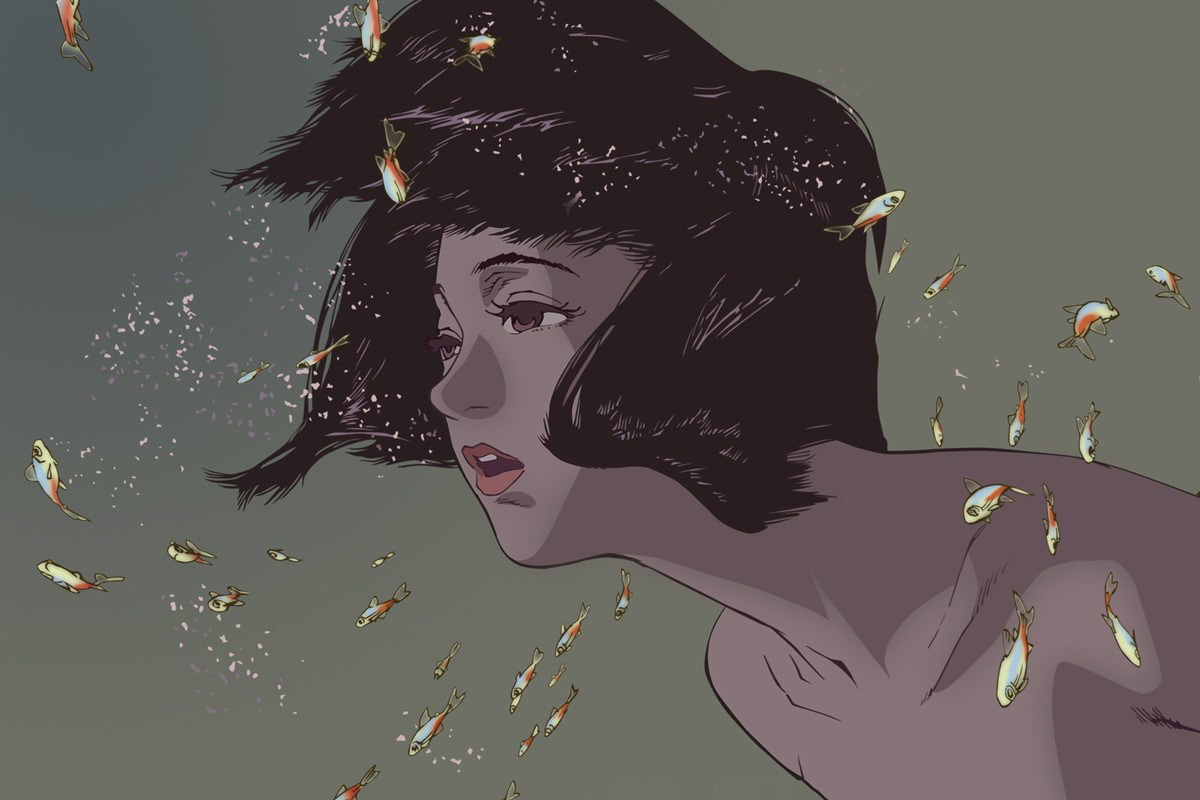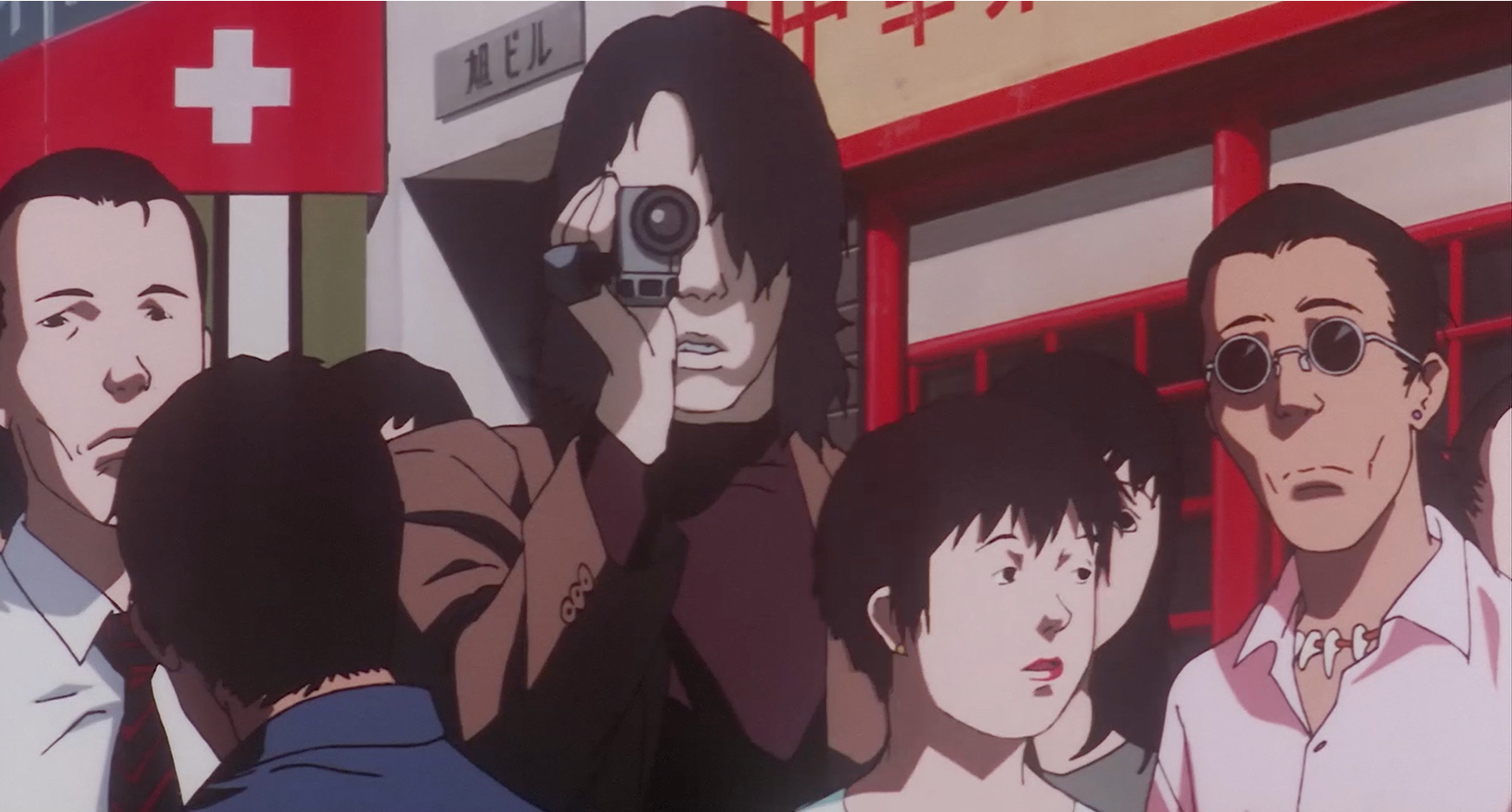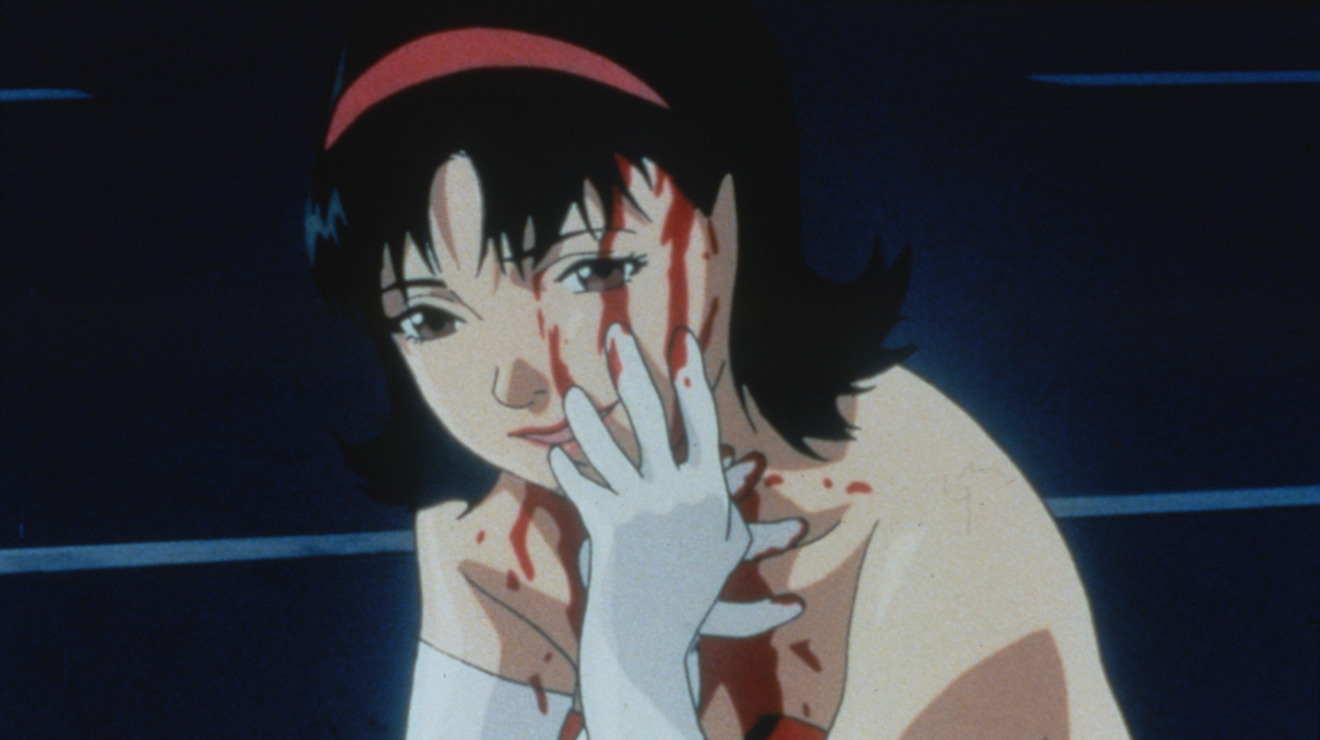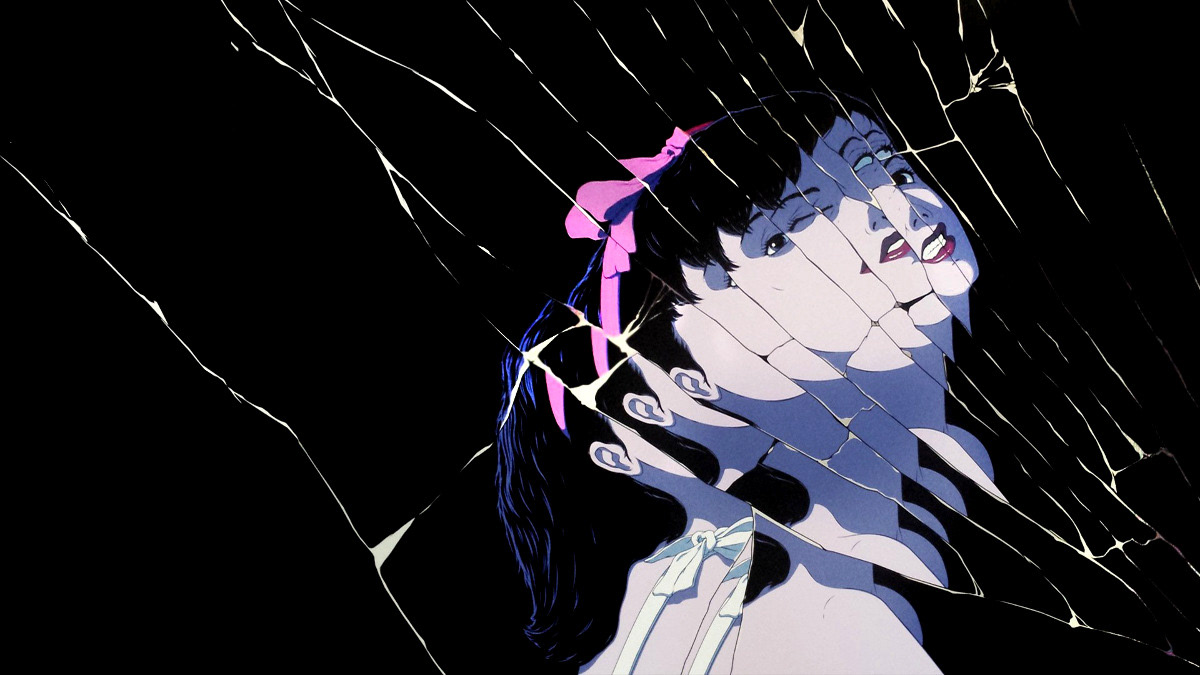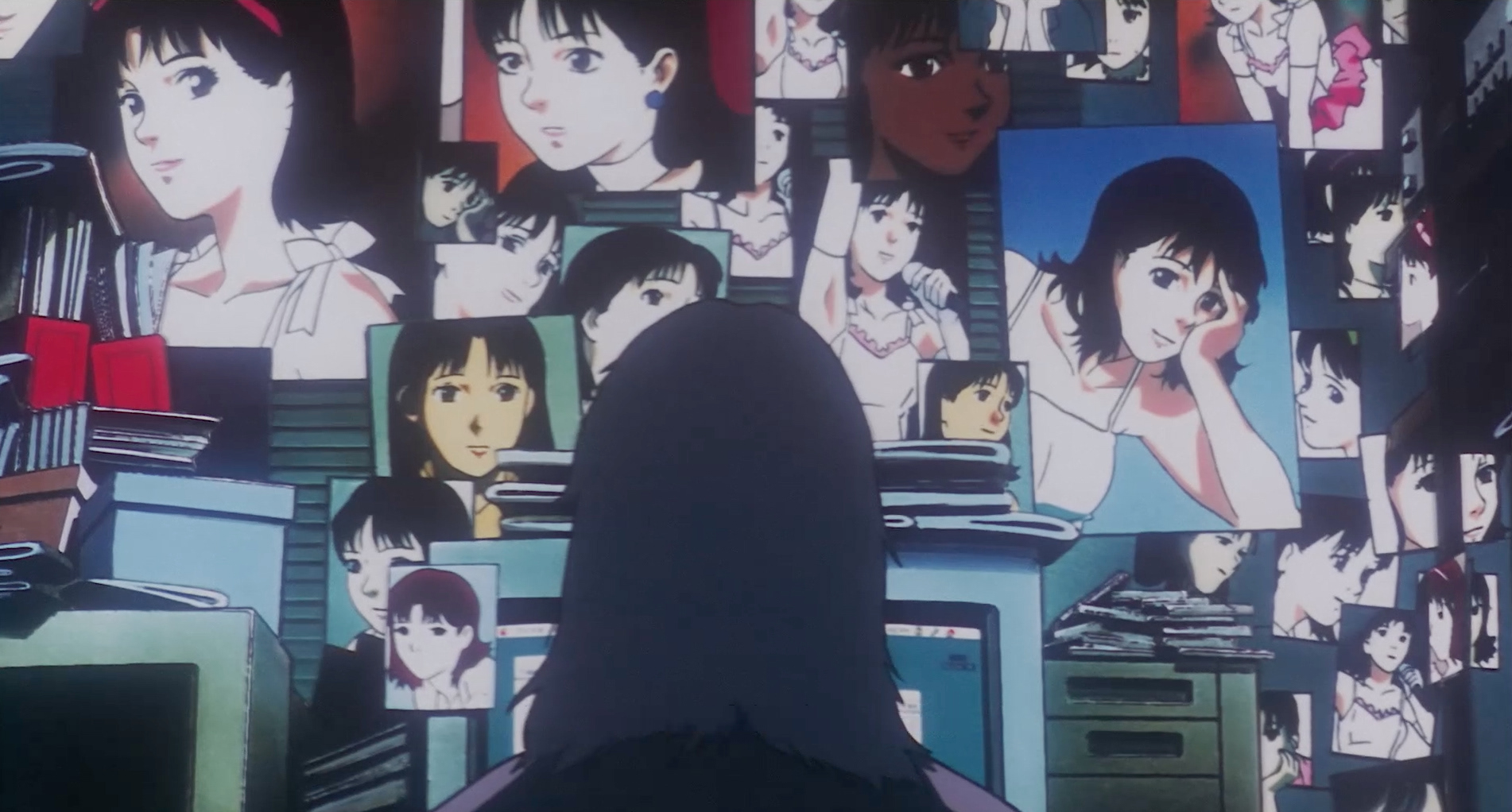"Movies that you can watch once and understand - that is the type of movie I don't really like. There might be a certain part you don't quite understand, but there is a portion that rests in your heart.”
- Satoshi Kon


A lot of animes come to mind when I think of surrealism. They often have surreal qualities through the fantasy tones and otherworldly themes. Satoshi Kon was a Japanese animator and filmmaker in the 90s and early 2000s. His themes center around psychological thrillers, fantasy / reality, identity and cinema. He is known for confusing his audience by playing with duality and blurring what is real and what isn’t.
Prior to making films, Kon was a manga artist and it plays into his skills and style as a director. His imagery is incredible and it sticks with you. He was a master at match cutting. Matching images is how he would connect different worlds all related to dreams, memory and time. This makes it so you really have to pay attention, his scenes change so fast and turn into different realities within seconds.
And we have the same birthday, twin. <3
PAPRIKA (2006)
Paprika was such a mind fuck. Fun fact, it inspired the concept for Christopher Nolan’s Inception (2010). It’s about a group of scientists working to stop a dream device - the DC Mini, from taking over people’s minds. With this device, people are able to access others' dreams. The main character is Dr. Atsuko Chiba / Paprika, a strong female lead who is super entertaining to watch. Paprika is some sort of dream chaser and has the ability to go inside the dreams of others. There are so many layers of dreaming in this movie, so it’s surreal af.
The film opens with five dream sequences connected by match cuts. The animation is insane and trippy throughout the whole film, it really allowed for the dream worlds to take shape. There is one crazy dream that helps to serve the main plot; a huge parade of random objects that keeps growing more absurd. The visuals remind me of a Hiernonymous Bosch painting. Just things and objects everywhere, super colorful and loud.
In typical surreal fashion, it was difficult to tell what was a dream and what wasn’t in Paprika. Those lines were blurred and created suspense throughout the movie. Kon also added some easter eggs and cameos of his other films within some of the dreams, which was pretty cool and helps his world building.
Satoshi Kon has talked about this film being some sort of closure for him on the topic of dreams and playing with the duality of reality / fantasy. I also found that Kon expresses a more positive take on otaku lifestyles compared to previous works through Dr. Kosaku Tokita and his ability to find his own balance in the dreamscape they were in. Paprika is about embracing your reality, struggling with your inner duality and being true to yourself.
The ending was sick. There is so much imagery in this film.
Overall, it was a cool movie and I love talking about it.
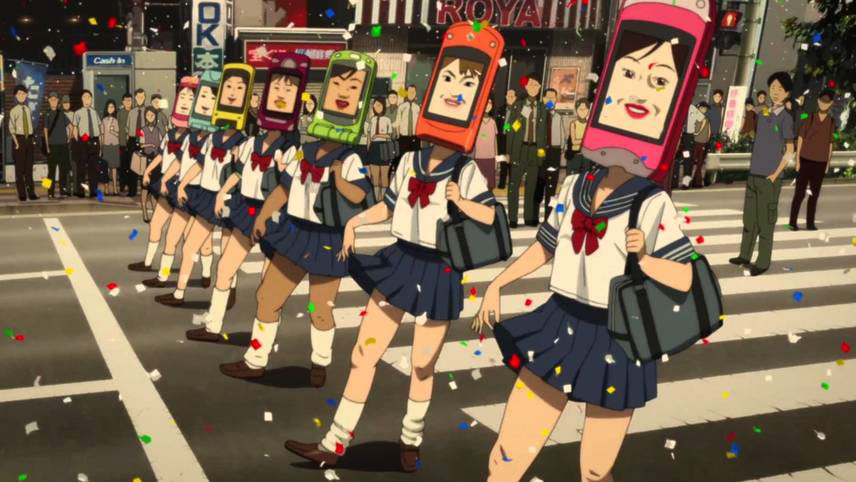
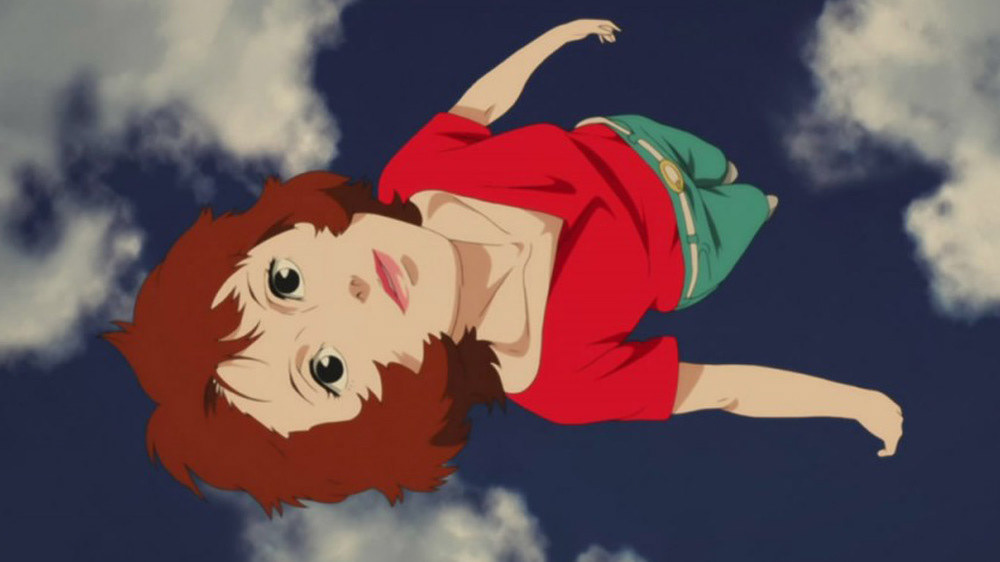


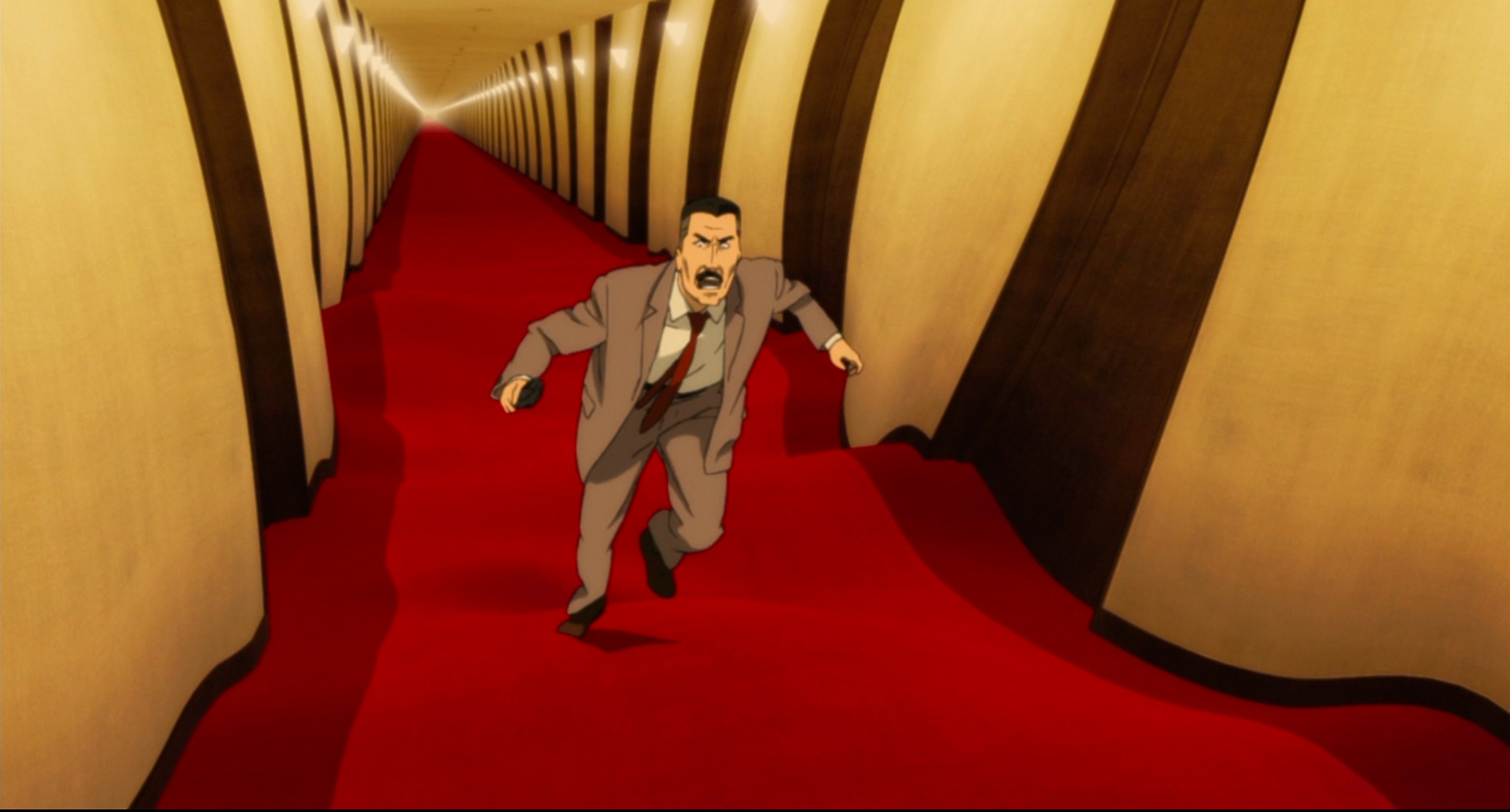




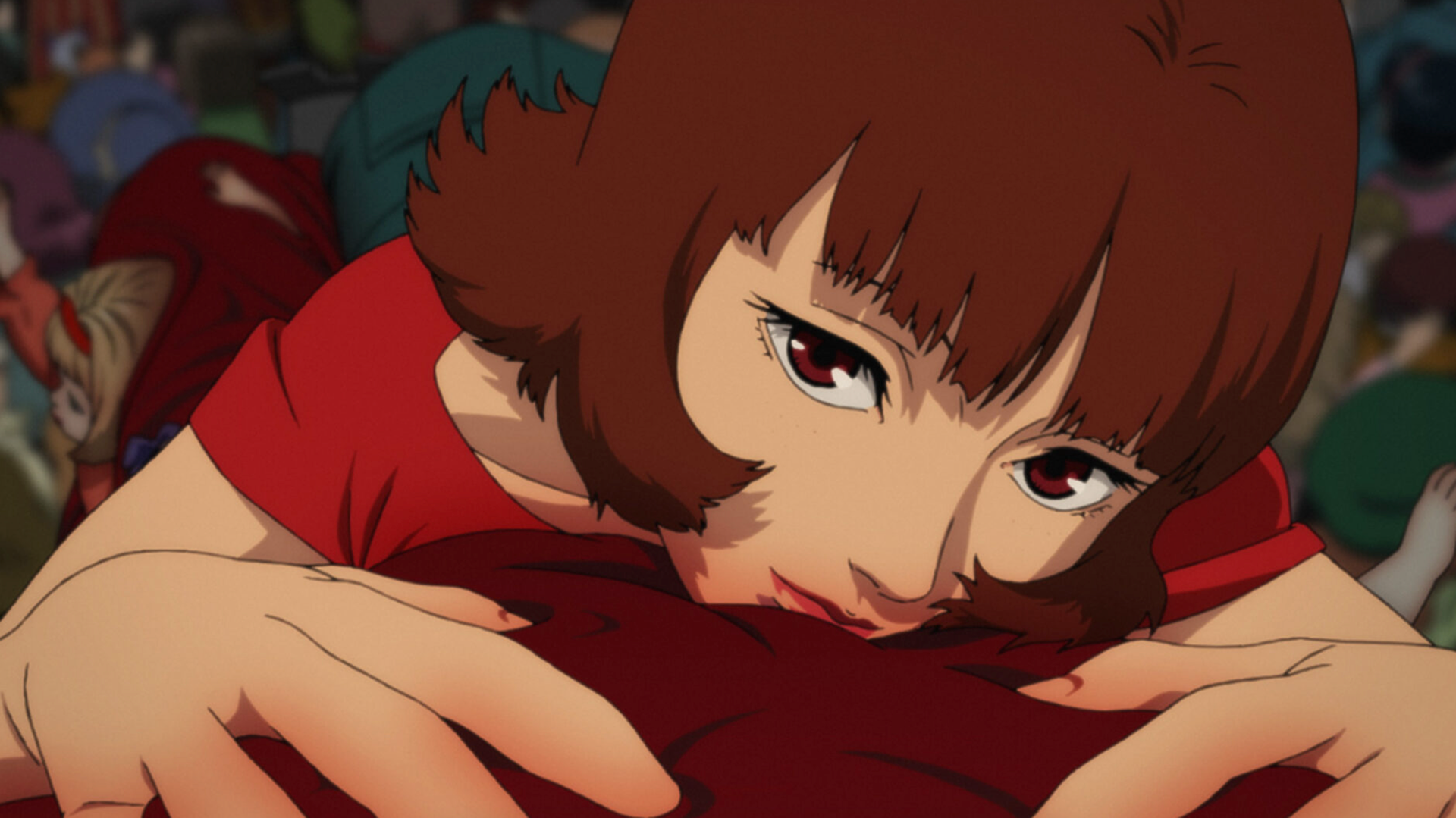
PERFECT BLUE (1997)
Perfect Blue is another Satoshi Kon film that I had to watch for the sake of surrealism. It was originally a novel and Satoshi Kon’s 1997 debut film. It is a psychological thriller about Mima Kirigoe, a pop star turned actress who is being stalked and tormented by an illusion of her past pop star self. As Mima grows in her acting career, she engages in more explicit roles, way different from her PG singer days. This figure of her past self follows Mima and harms those around her who are a part of her new lifestyle. In this film, Kon presents a more negative take of otaku with mad, violent expressions. Kon created a sense of realism in this horror anime which made it super creepy and fed to the genre.
Mima is spiraling throughout the film as she is constantly paranoid and feels like she is losing her mind. She has dreams that she is a killer, her reflection in the mirror doesn’t match, she feels stalked and violated on the internet and in real life repeatedly. Perfect Blue toggles back and forth from reality, to a dream state, to the TV show Mima is filming - which is a similar plot to the movie. There comes a point where the audience doesn’t know what is real and what is not. You kind of just have to wait and see. That’s the surreal part. Mima begins to question if she is even real and what the motives of those around her are.
It’s an interesting concept, creating an illusion of one’s past self fueled by current motives and thoughts. Again, with this being a Satoshi Kon film, the imagery is wicked and chilling. There is a crazed fan who helps drive the plot of this elusive figure that has such a scary appearance, it sticks with you.
Movies about making movies are always cool. I think Kon wanted to touch on the darker side of the entertainment industry and the changes one makes to their own morals to advance and please those around them. I'm sure most performers feel crazy at times. They talk to themselves and question what they are doing and who they can trust. Perfect Blue takes that to another level with the giant leaps into dream states and the subconscious mind.
Perfect Blue was more haunting and more of a thriller than Kon’s Paprika. Nonetheless, it was nice to see another film by Satoshi Kon and gain a better sense of his style and storytelling. Surrealism can be used in so many ways, and it's interesting to see Kon continue to use it to distort and warp reality. It keeps us guessing and creating our own conclusions. Also, it’s fair to note how Kon saw the internet being a catalyst for fake personas and identities back in the 90s.
Some scenes in this animation have been used in other live action films like Darren Aronofsky's Requiem for a Dream (2000) and Black Swan (2010).
